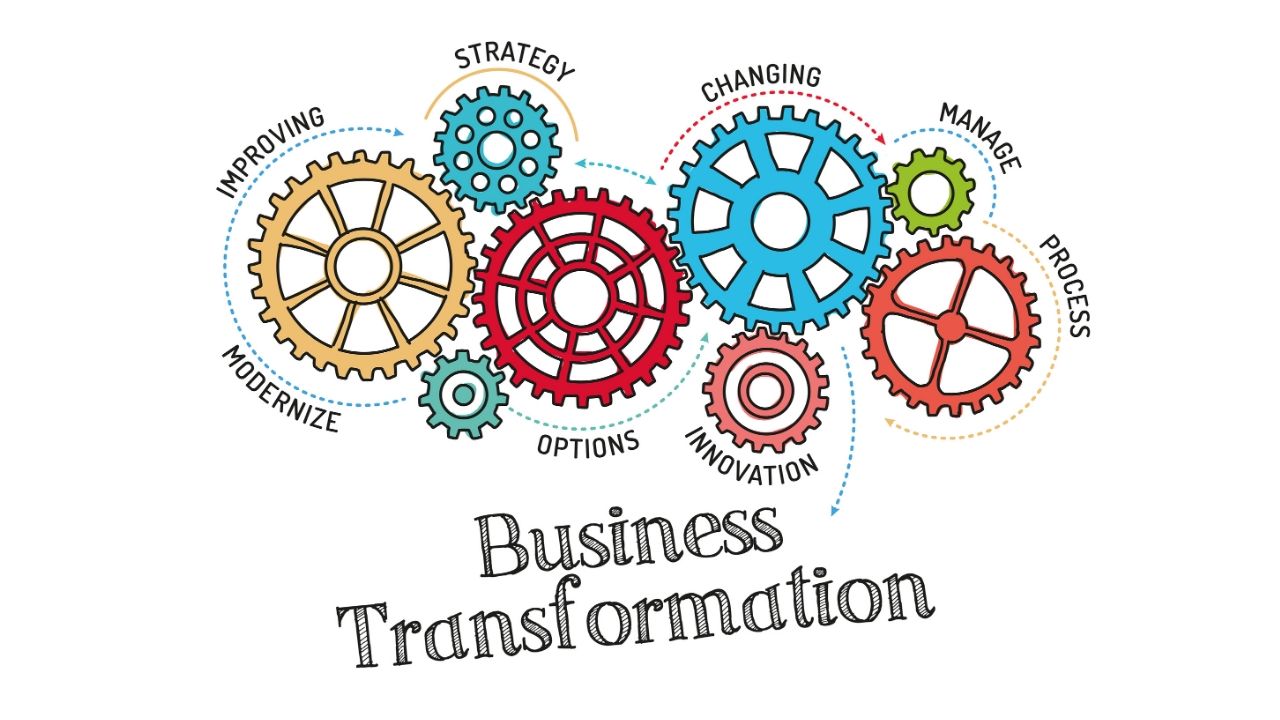The concept of process improvement tools and principles are nothing new to successful organizations. This type of effort has been in existence for well over 25 years. The process improvement principles, however, seem to have practiced what they preach and evolved within the ever-changing landscape of corporate, non-profit, and higher education.
Transforming Solutions has worked with some of the fastest growing and progressive organizations across the corporate and higher education sector. Throughout our experience, we have taken deep looks at how to best focus on efficiency, quality, customer satisfaction, and profitability. While these staples have not changed, other business process improvement principles have evolved to ‘match the times.’

Our top 5 business process improvement principles
Below we take a look at 5 process improvement principles that apply to the current landscape:
1. Incorporate User Experience (UX), Customer Experience (CX), and Organizational Change Management
When performing the definition and analysis of processes it is important to consider the total experience. There are plenty of examples where this was not done and the result was a catastrophic failure like this one where leadership inadvertently created an opportunity for competitors. For those that truly embrace this principle, they may take the truly holistic approach and explore people, culture, technology, strategy, and metrics in addition to operations.
2. Don’t assume a change in technology will change your processes
Many organizations assume that a change in their CRM or ERP will inherently fix the processes. There are 2 shortcomings with this thinking:
1. Technology is not generally designed to drive processes- in fact, it should follow the other direction. Technology is the tool that enables processes to be completed effectively and efficiently.
2. Performing a ‘lift and shift’ of applying the same processes in a new technology will not properly extract the value of that investment. You’ll simply be exchanging a legacy system for a new system and failing to effectively utilize the technology that no doubt was accompanied by a heavy price tag.
3. Improve and then renovate
Apply your favorite continuous improvement methodology here and recognize that just improving your processes isn’t enough. They need to be monitored, evaluated, adjusted, and improved on a regular basis to continue to reap the benefits of the exercise. Consider this: Moore’s Law observes that the number of transistors in a dense integrated circuit doubles every 2 years. Effectively, computing power doubles every 2 years while the cost of this power is halved over the same time. If computing power is doubling, what do you think is happening to data? Neglecting to account for these changes in your processes can have similar consequences to ‘lift and shift’, a reduction in the value gained from your investment. Process improvement principles and practices are only strengthened by this supporting consideration.

4. Employ continuous improvement from end to end
So you’ve been keeping an eye on a changing environment and adjusting your processes to match. But did you apply the thinking from the first principle to these adjustments? Internal factors will inherently drive change, but you must also remember the customer is changing too. They are becoming smarter, more discerning, and are constantly offered alternatives. Not considering their perspective as well as hiring, product development, management of vendor relationships, and all other factors of business will have dire consequences.
5. It’s never too late to act
Time and again, process improvement naysayers will say “we’ve always done it this way and it has worked so far” or “our processes and systems are highly customized, there isn’t a better solution for us.” Both cases neglect improvements in technology designed to enable improved processes, highly configurable systems, and the power of incorporating process improvement into software selection efforts. Even the slowest moving, most successful organizations can benefit from process improvement principles.
Conclusion
Overall, we see these process improvement principles as key components of a successful organizational strategy. Check out our services to learn more about how our process improvement consultants can transform your organization, or browse our industry expertise to find out how we would apply our methodology to your organization. When you’re ready, contact us to schedule some time to chat further.
